#sankofa bird
Text
youtube
#black actors#sankofa movie#sankofa#reaction videos#african american actors#black culture#youtube#sankofa bird#african culture#african heritage#african movies#movie review#Youtube
5 notes
·
View notes
Text
Book Review 23 – Remote Control by Nnedi Okorafor

Okorafor has been on my to-read list for a long while, but this is the first work of hers I’ve actually gotten a chance to sit down and read. Happily, despite it being a couple years old I went in entirely blind and with absolutely no idea what I was in for besides ‘sci fi novella’.
The book is about a young girl in a near-future Ghana who, discovering a strange meteor fragment and/or seed underneath a tree in her family orchard, becomes infected by a sort of deadly alien light. It tries to protect her by blazing and killing everyone around who might be hurting her, and before she begins to learn to control it she accidentally kills everyone in her village. The story follows her travels wandering in search of the seed and the man who took it from her, her only constant companion a strange fox who seems to be the only thing unharmed by her light.
Though even if that’s the ostensible plot, it’s not really what the book is about. It’s really more of a series of vignettes, about how the culture around Sankofa makes sense of her and of the places and people she ends up passing some time with. Much of the story has a real fable-like tone, and all the myths that grow up around her are a big part of that. She’s known as Death’s anointed daughter, wandering the earth on foot and fed and clothed as an honoured guest wherever she might want to rest for a couple days, offering instant and total euthanasia to those who ask for it and reducing anyone who puts a hand on her to ash.
Okorafor’s prose does an excellent job keeping the prose feeling mythological or fable-like through the whole book as well. I’m like 90% sure the fox and a dozen other things are references to mythology or folklore that flew entirely over my head, honestly. The close focus on Sankofa does too – we never zoom out or get a bird’s eye view of the world, or even of Ghana. Almost everything’s mediated through the perspective and experiences of a particularly traumatized adolescent girl, brought up only when it’s relevant to her.
The book’s Ghana is – you know the one Gibson line, about ‘The future is already here – it's just not very evenly distributed ’? There’s miracles of high technology brushing against the edges of the screen, but those who have them have been very careful to make sure that most of what makes it to rural west Africa is scraps with strings attached. The embodiment of that is the LifeGen corporation, an American conglomerate that offers cheap drugs (apparently prototypes in need of testing, or else supplies with side effects they just need to get rid of) and the drone network used by the eponymous RoboTown to keep the streets safe and traffic orderly (in exchange for all the date the network happens to gather as it does so). While never exactly a direct threat to Sankofa, their interest in the seeds and their light makes them the closest thing to a consistent antagonist in the book as well.
Sankofa herself is a great protagonist, by which I mean she’s a densely packed bundle of trauma, guilt and moral injury who spends years of her life wandering on foot in pursuit of a goal picked in large part so she had a goal to focus on and didn’t have to sit and think for too long. Her internal monologue's really very affecting at points, and so is the contrast between the mask of supernatural authority she puts on at points and the fact that she’s is very much still just a kid.
The actual plot beats are usually pretty predictable and well-worn, but honestly my only real complaint about the book is that, having finished it, I still have no. Fucking. Idea. Why her power is called ‘remote control’.
62 notes
·
View notes
Text
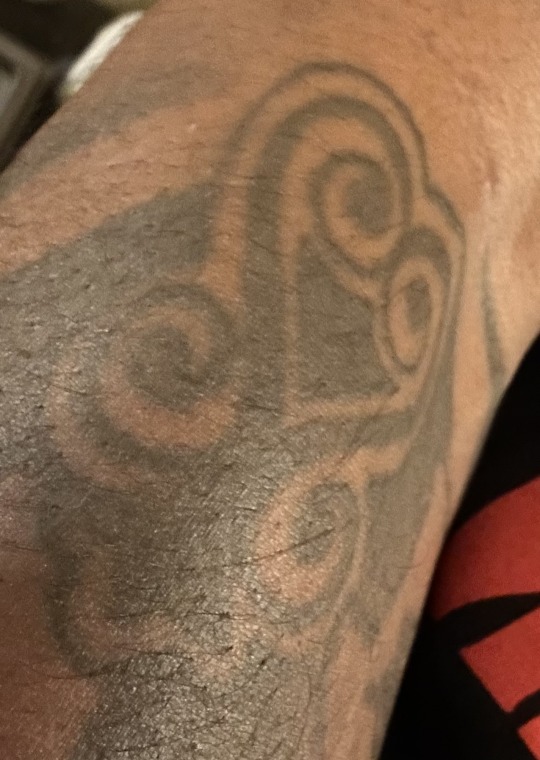
The word Sankofa comes from the Akan people of Ghana. It is an Akan term that literally means, “to go back and get it.” One of the Adinkra symbols for Sankofa depicts a mythical bird flying forward with its head turned backward.
6 notes
·
View notes
Text
Vanessa Leverett

Age: 31-34 (Introduced in Season 3 of Metalocalypse)
AKA: Nessa, Lady Lovely/Mistress Lovely, Dr. Leverett, Doc (From Magnus), and Smartass (Again from Magnus)
Birthday: September. 8th, 1979
Zodiac
Sun: Virgo
Moon: Cancer
Meaning of the Name: Butterfly
Gender: Cis female
Voice Canon: Theresa Randle (Girl 6 specifically)
Singing Canon: Monica, imagine Monica doing "Man Down" and " Work" by Rihanna. Throw in "Three Little Birds" by Bob Marley with the Jamaican accent appropriate for those songs.
(Acapella)
Sexual Orientation: Heterosexual
Romantic Orientation: Hetero-romantic
Favorite Meal: Jerk chicken with Plantains and rice, n peas
Favorite Drink: Breadfruit Juice
Favorite Snack: Butter Sugar sandwiches
Verses: Metalocalypse and Original story
Languages Spoken: Jamaican Patois, English, Japanese, Norwegian (Learned from Toki)
Occupation: Waffle House waitress/cook (Season 1 - Season 2), Dominatrix (Season 2 through early season 4), Psychology Doctorate student (Season 2.5 - Season 4), Psychologist (Season 4)
Appearance
Height: 5’8
Eyes: Golden hazel brown
Lips: Plump
Hair: She has type 3C black hair that’s often in braids. Her hair was in long ropey braids during Metalocalypse Season 1 and cut to mini twists in Season 2. Then her hair grew back enough for shoulder-length braids, often in Bantu knots, in season 3. Finally, her hair grew to her waist for box braids in season 4 before it was cut short by Magnus in Doomstar.
Body type: Pear-shaped body heavier around her butt and hips than her bust. Taut muscles from regularly practicing karate and working out.
Tattoos: There’s an ackee fruit on her left wrist, a Sankofa heart on her left shoulder, and a Doctor Bird around her right shoulder.
Extra details: Dimples, prominent when she smiles
Hobbies: She loves video games, particularly Street Fighter, reading, watching kung-fu and samurai movies, listening to music, singing with Tina, and playing with her dog Odin and Tina’s cat Ogre.
Turn on Spots: Running hands up her back and legs, her hips, and biting the skin around her collarbone and neck.
Family
Vernon Leverett: Father, (46-47)
Pearl Leverett-Bonaventure-Hicks: Mother (45-46)
Tina Yvonne Leverett: Younger sister (21-23)
Beau Bonaventure-Hicks: Maternal Uncle (51)
Magnolia Broussard-Hicks: Maternal Grandmother, deceased (passed from a second stroke when Vanessa was ten, two months after Tina was born)
Clifford Hicks: Maternal Step-Grandfather, (75)
Adio Leverett: Paternal Grandfather (75)
Tashelle Leverett: Paternal Grandmother (74)
Alvita Leverett-Barrel: Paternal Aunt (50)
Arley Leverett: Paternal Uncle (43)
Odin, Staffordshire pitbull mix: 3 years old
Ogre, Tina’s cat: 2 years old
Relationships:
Magnus Hammersmith: Ex-lover (Season 3), it started as a sexually casual relationship before they developed feelings, they had their friends-with-benefits relationship for five months before he broke up with her.
Toki Wartooth: Current boyfriend (Season 3 Fertilityklok)
15 notes
·
View notes
Text
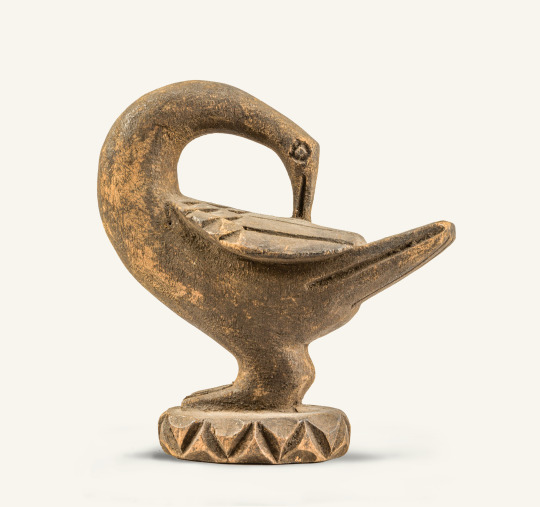
//SANKOFA BIRD.
Sankofa is a word in the Akan language that roughly translates to «go back and get it» or «return and fetch it.» The Sankofa Bird is represented as a mythical bird with its head turned backward and its body facing forward, symbolizing the idea of looking back to the past while moving forward. The Sankofa Bird represents the importance of learning from one’s history and heritage (one’s roots or ancestral origins). The Sankofa Bird is a prominent symbol of cultural identity for the Akan people and those who identify with Akan heritage. It is often used in art, textiles, jewelry, and other forms of cultural expression.
This figure is less internal than the other ones. In fact, this figure also speak to us ; we write the story in a cyclus of knowledge. We build with it, we go on with it. It creates a certain deepness and cultural identity to a story that also strongly stand in opposition with this idea of «global» approach. Do we have a global identity ?
0 notes
Text
Education Philosophy Statement
By. Jasmine Joseph
The African symbol of Sankofa comes from the Akan people in Ghana. It can be depicted in different variations; 1) as a bird craning its neck to place a pebble on its back, and 2) as a decorative curlicue heart. The English translation of Sankofa means “to go back and gather.” These two visual representations symbolize the notion of reflecting and honoring one's history to move forward to build a stronger future. It is this symbol that I look to as a depiction of my educational philosophy. I believe it takes a faithful community with confident and well-equipped educators to empower the next generation of children who will learn and become inspired agents of change.
Understanding my students and their families heritage and background enables me to be a trusted partner and resource. The literacy practices of parents are essential to their child’s development. Family and school partnership is paramount to creating a positive experience for all educational stakeholders. I aim to teach the whole child and empower them with the knowledge and life skills they will need to improve their lives as they reach adulthood. Working with parents to recognize and nurture their child’s spiritual, emotional, physical, and intellectual gifts will help foster a happier and healthier generation of people who believe in living mercy and seeking justice for their fellow man.
As an educator, I am committed to assisting my school in developing school-wide initiatives that celebrate and incorporate the culture of all students. I believe that schools should be well equipped with established policies and curricula that are easily accessible so teachers are prepared and empowered to teach students who come to school from varying home, spiritual, and cultural backgrounds. As an educational leader, I believe in providing practical and relevant professional development opportunities for teachers to obtain the necessary resources to keep them aware of the cultural diversity within their student body. This includes providing teachers with effective lesson-planning strategies, mindful classroom management methods, and appropriate assessments that guide instructional decisions.
As a descendant of three generations of teachers, I have been called to be an educator. It is my passion to look back and uplift future generations ascending into the subsequent phases of leadership. Culturally sensitive and appropriate pedagogy must become a model that is more prevalent in the field of education. The socio-political climate of this century thus begs the fact for our children to be more culturally engaged than ever before. It is up to educators to advocate for their students so that they become culturally competent citizens and well-rounded individuals.
0 notes
Text
THE FUTURE OF OCCUPATIONAL THERAPY LIES IN AN INCLUSIVE AND DIVERSE NARRATIVE.
"What is Occupational Therapy?", "...So you guys are Physiotherapists then!?", "Are you guys psychologists?", if one received a penny every time they were asked these questions, surely they would be millionaires by now. What is Occupational Therapy, you ask? Well, then gather around and find out, and while you are here, let's delve into the profession's future.

(Barrell, 2020) defines Occupational therapy as a healthcare profession that focuses on helping people do all the things that they want and need to do in their everyday lives. This is true, as Occupational Therapy is a client-centered profession that collaborates with the client to ensure that they still function at their optimum best through the use of approaches such as occupation as means, where body structures or/and functions that inhibit function are treated through participation in the chosen activity and occupation as an end, where it is ensured that the person gains independence in an occupational domain through the removal of barriers to occupational performance and ensuring that the person is independent in this occupation.
As stated above, occupational therapy is a client-centered profession therefore, it has no place for tolerating injustices against people (Kronenberg, 2022) stated that, although occupational therapy is a beautiful profession, it is essential to note that the profession lacks diversity. He further mentioned that dominant occupational therapists are white females throughout the world. The future of occupational therapy lies in the profession being an accepting profession, through accepting diversity not merely by having occupational therapists of different genders, races, cultures, or/and languages but by ensuring that the profession as a whole is not white or western based. The author has witnessed herself numerous times struggling to define what occupational therapy is in her own language within the community that she is currently placed in, and upon reflection and analyzing why this is so, it was clear that it is because there are no words in her language that fully encompass what occupational therapy is because the profession itself is western rooted. (Kronenberg, 2022) further mentioned that an inclusive occupational therapy includes those who are in power stepping down and making room for new voices and narratives, but the author does not believe that stepping down of those who initially defined occupational therapy as what it is known as today will make for an inclusive profession because the one's stepping up might be biased and make the profession based on their culture subconsciously but if the profession were to imitate the Sankofa bird by fetching the already laid golden eggs of the profession and moving forward with an inclusive, diverse, multicultural narrative that will make for an even greater profession.
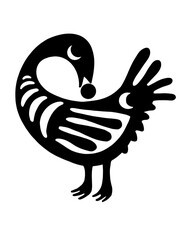
The future of this profession lies in zero tolerance regarding injustices in service delivery. According to the (WHO, 1999), social determinants of health that influence health outcomes include education, food insecurity, income, healthcare, and social protection, amongst others. However (Hammell, 2020) has argued that occupation is a social determinant of human health and well-being. This notion is accurate as occupational therapists know and understand that people are occupational beings, and disruption to occupational performance affects the person's overall health and well being. The future of occupational therapy lies in quality occupational therapy service delivery, meaning putting our own preconceived ideas aside and ensuring quality service provision. However, the author acknowledges that this will be a challenge for her as she already has preconceived ideas about substance abusers that she is struggling to bury and this might affect quality service delivery to substance abusers because of her own personal notions and judgments against them. The future of the occupational therapy profession lies in occupational therapists that understand and believe that we become human through how we relate and interact with each other, within the Zulu culture it is said that "umuntu ngumuntu ngabantu" (Iam, because you are" to further bring understanding that human beings are interconnected.

The future of occupational therapy lies in the profession practicing zero tolerance for discrimination. The (American Psychology Association, 2020) describes discrimination as unfair or prejudicial treatment of people or groups based on characteristics such as age, sexual orientation, race, and gender. The (United Nations, 2000) stated that discrimination in a healthcare setting manifests through an individual or group being denied access to healthcare services that are available to others. The LGBTQIA+ community has fallen victim numerous times as it is one of the most discriminated group when it comes to healthcare services provision, (The human rights watch, 2018); attests to this by stating that a substantial body of research indicates that the LGBT population across the United States encounter significant barriers to healthcare. This inhumane act has been continuously fueled by society's definition of what is considered normal sexuality. It is sad when this belief interferes with people's fundamental rights. Occupational Therapists must ensure that quality occupational therapy service delivery is not interfered with just because of prejudice.
The future of occupational therapy lies in Gen Z occupational therapists; therefore, it is crucial that we realize and appreciate the weight of that load and ensure that we are better at occupational therapy service delivery as it lies on our hands.
Reference List:
American Psychological Association, (n.d.). Discrimination: What it is and how to cope. Available at: https://apa.org (Accessed: 08 March 2023).
Barrell, A. (2020). What Is Occupational Therapy? Everything you Need To Know. Available at: https://medicalnewstoday.com (Accessed: 08 March 2023).
Hammell, K.W. (2020). Action on the social determinants of health: Advancing occupational equity and occupational rights. Available at: https://scholar.google.com (Accessed: 08 March 2023).
Kronenberg, F. (2022). The Idea of Occupational Therapy is too Radical and Powerful to be Contained by a Profession. Available at: https://youtu.be/yZXmsDfOI0I.
The Human Rights Watch, (2018). "You don't want second best" Anti-LGBT discrimination in US healthcare. Available at: https//hrw.org (Accessed: 09 March 2023).
United Nations, (2000). Joint United Nations Statement On Ending Discrimination in Healthcare Setting. Available at: https://ohchr.org (Accessed: 09 March 2023).
WHO, (1999). Social Determinants of Health. Available at: https://paho.org (Accessed: 09 March 2023).
0 notes
Text
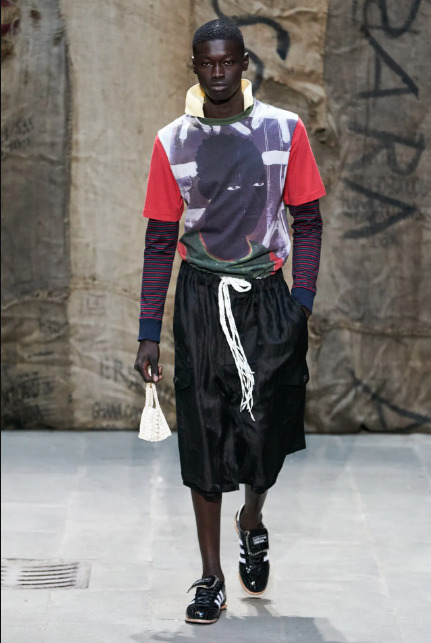
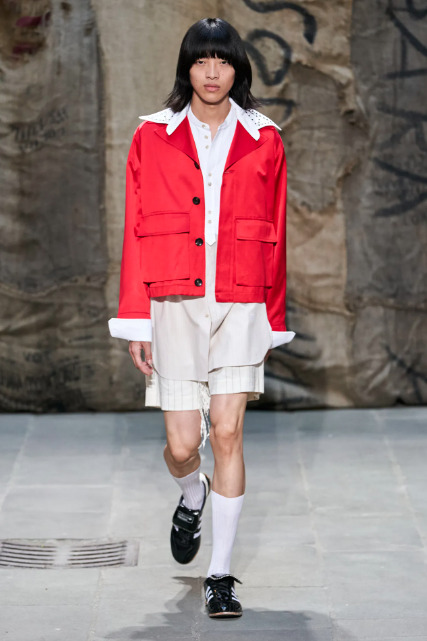
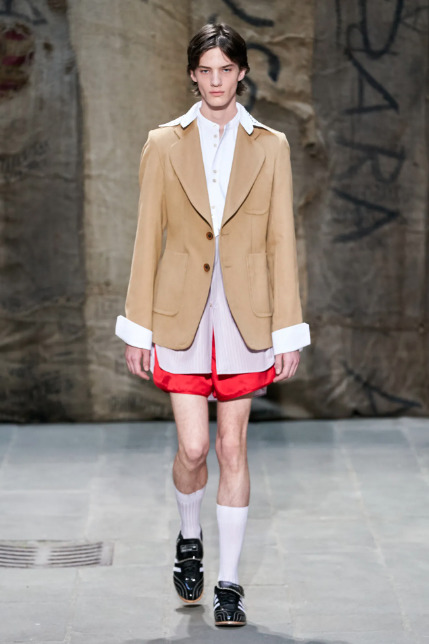
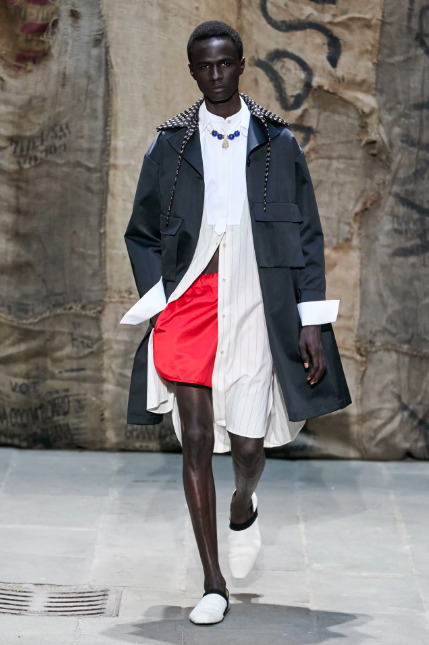
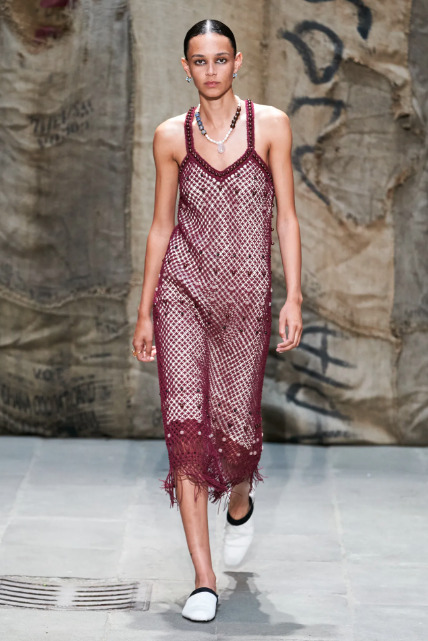


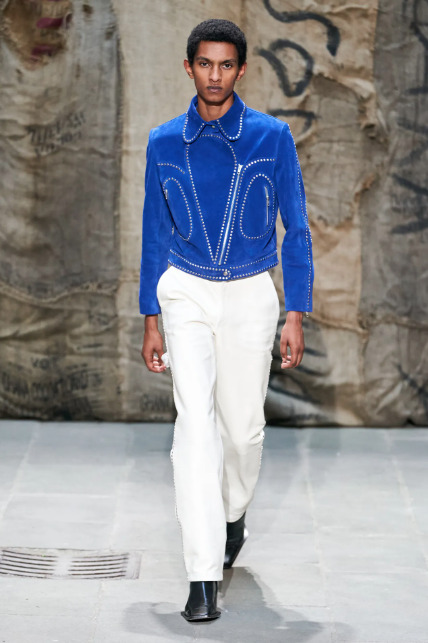
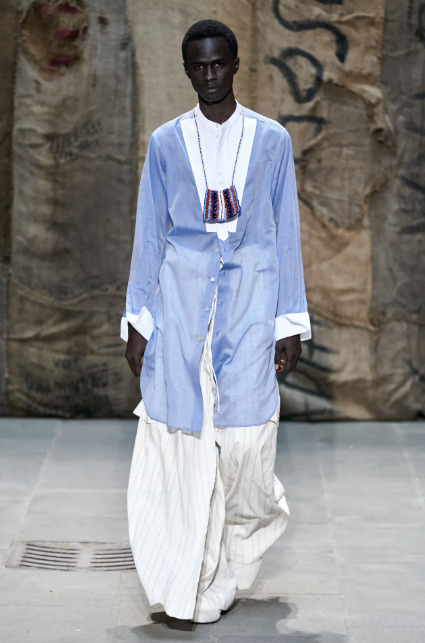
Wales Bonner SS23 Menswear
From Luke Leitch's review for Vogue
Towards the end of the press preview of this sumptuously progressive show, Grace Wales Bonner mentioned Sankofa. This bird-looking-backwards symbol of Ghana’s Akan people, she said: “means’ ‘going back to go forward.’ It is not about being nostalgic or historical. It’s about taking something from the past in order to pass it forward and make it useful for the future. And that’s the spirit of this collection.”
Wales Bonner was speaking in the central courtyard of Florence’s Palazzo Medici Riccardi, a space where one Pitti Uomo executive mentioned in passing that there had never before been a live fashion show. It was as if the Palazzo had been waiting 485 years—the time since it was once home to the first Black head of state in modern Europe—to become the outbound runway for this evening’s Sankofa flightpath.
Its starting cipher was Alessandro de Medici, who until his assassination in 1537 at the hand of a cousin ruled here as the first hereditary monarch of the Florentine Republic. His mother was named Simonetta da Collevecchio—aka “Soenara”—and was Black. She, history a little shakily relates, was a house servant who became mother to Alessandro after an encounter with either Duke Lorenzo (the official father) or Pope Clement VII.
“I wanted to acknowledge that presence but also think about the idea of arrival,” said Wales Bonner. The building also held an additional layer of resonance relevant to her practice of excavating multifaceted manifestations of cultural intersection through garments. The palazzo was commissioned by Alessandro’s ancestor Cosimo in 1444, around the same time that he hosted the 17th ecumenical council, a global gathering of Christendom which according to historian Paul Strathern included: “Armenians and Ethiopians… other entourages included Moorish, Berber, and black African attendants.”
All of this context served as evidence that the building around us has played a role in the history of Black agency and participation in Renaissance Italy. It was leveled by the intervention in the Palladian architecture around us by the artist Ibrahim Mahama, who clad the space in a huge patchwork of hand stitched jute sacks originally used to export cocoa from his home country of Ghana—where Wales Bonner met him several months ago—into the global markets. “It was important to have an equal representation within the space,” said Wales Bonner.
The opening look featured the reproduction of an artwork by Kerry James Marshall. This was another pointer towards Wales Bonner’s intention to rehang the display of menswear in Florence just as one would rehang a gallery—in order to shift the visitors’ experience. Just as effective was the slow coalescence of menswear forms—some sourced from the previously mentioned binary of contemporary European tropes of formality and informality, and others from a broader array of traditions whose boundaries were broken down by adjacency.
The macramé womenswear dresses were set with hand-made glass beads by Ghanaian artisans, and the heat-dryed hand-dyed jersey had been fashioned in Burkina Faso (Wales Bonner was building new trade routes between Africa and Italy, and Savile Row too). In menswear there was genre-busting back and forth between futuristic sportswear (which included a hand-made adidas shoe whose trefoil looked lacily artisanal) and Wales Bonner-directed, Anderson & Sheppard-cut tailoring in cashmere and camel hair that was de-conventionalized through emphasised shoulders and small sly acts of sartorial ‘wrongness’ that looked incontrovertibly right.
So back to Sankofa. What was the backward-looking-bird returning to, in order to pass forward for the future? Said Wales Bonner: “It’s about bringing an Afro-Atlantic spirit to European luxury by honoring these traditions wherever they are. And making something hybrid or integrated through working with different people.”
0 notes
Text
Fine Jewellery inspired by African art-LIKO Bijoux
If you are looking for unique designs on jewellery, then shop fine jewellery inspired by African art at Liko Bijoux. Here you will find wide variety of Sankofa collections. Sankofa is actually a word in the Twi language of Ghana meaning “to retrieve" and also refers to the Bono Adinkra symbol represented either with a stylized heart shape or by a bird with its head turned backwards while its feet face forward carrying a precious egg in its mouth. And here the jewelleries are designed keeping that in mind. So hurry up and shop your collection.
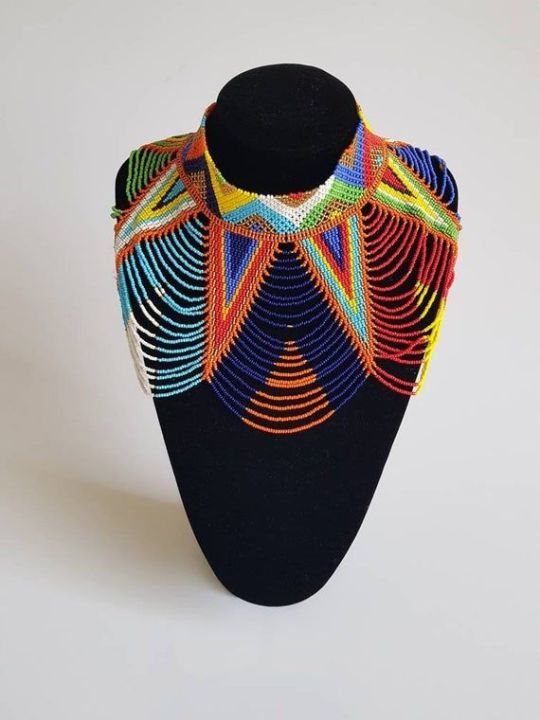
0 notes
Photo

Hello everyone and happy Friday! Also happy bank holiday to everyone who gets one this weekend, I’ll spend most of it reading most likely 😂 I’ve just got back from a wonderful lunch with bestie @keeperofpages and there may have been some book shopping 😈 That haul will follow in a few weeks but for now I have to catch up with the books I haven’t shown you yet! Tell Me About It and The Coward were bought for me by another beautiful bestie @stevieredman I was feeling a bit low after my thyroid operation and these really cheered me up. Tell Me About It follows Nives as she has recently lost her husband of fifty years. To help her as she grieves, she brings her favourite chicken inside the house and finds it a more than adequate replacement for her husband! 😂 Those of you who know me well may remember that I’m a bit (okay, a lot) obsessed with my wild birds in my garden and I’ve tamed quite a few of them. This looks hilarious! When I showed it to Janel today as I saw it when we were in Waterstones she rolled her eyes. She knows what I’m like! 🤣 Sankofa is described as a captivating story about a mixed race British women who goes searching for the West African father that she never knew. Examining freedom, prejudice, and personal and public inheritance, this is a story for anyone who has gone looking for a clear identity or home, and found something more complex in its place. Finally, The Coward which hooked me with the first couple of lines of the synopsis. Question: What’s worse than being a fuck-up? Answer: Being a fuck-up in a wheelchair. This book is about hurt and forgiveness and how the world treats disabled people. It’s also about how we write and rewrite the stories we tell ourselves about our lives and try to find an ending. I’d love to know your thoughts on any of these books or authors. Let’s have a chat in the comments! #bookstagram #scottishbookstagrammer #bookhaul #buyingbooksismytherapy #tellmeaboutit #sachanaspini #sankofa #chibunduonuzo #thecoward #jarredmcginnis #obsessedbybooks #newbooksplease #booksimexcitedabout #translatedfictionrecommendations #newtomeauthors #cantstopwontstopbuyingbooks https://www.instagram.com/p/Chu4fiwL0KS/?igshid=NGJjMDIxMWI=
#bookstagram#scottishbookstagrammer#bookhaul#buyingbooksismytherapy#tellmeaboutit#sachanaspini#sankofa#chibunduonuzo#thecoward#jarredmcginnis#obsessedbybooks#newbooksplease#booksimexcitedabout#translatedfictionrecommendations#newtomeauthors#cantstopwontstopbuyingbooks
0 notes
Text
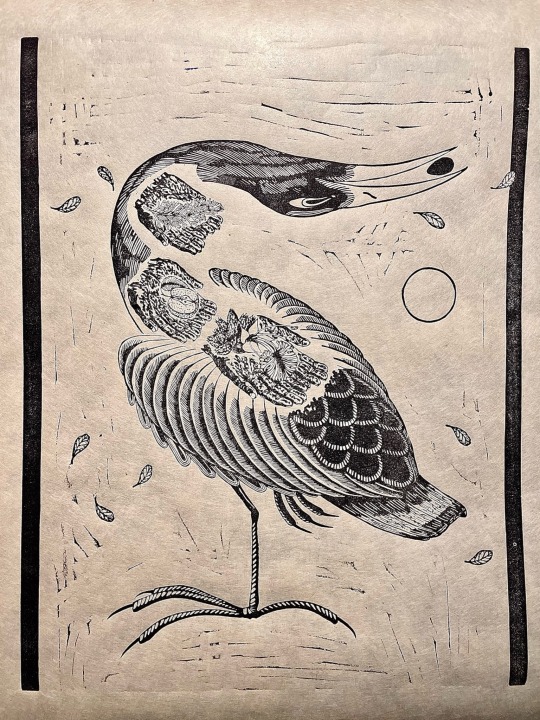
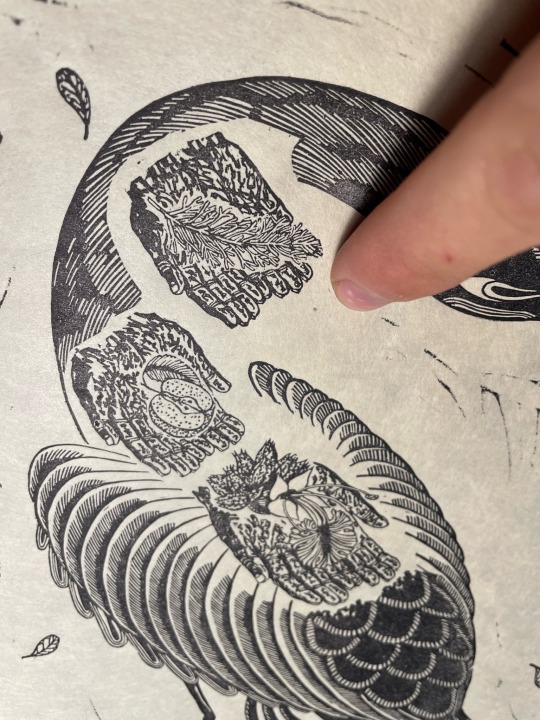
57 notes
·
View notes
Text
youtube
#black actors#Sankofa#sankofa movie#sankofa bird#slavery#slave movies#slaves#african culture#african heritage#african american#african American history#black history#african history#Youtube
4 notes
·
View notes
Text
Sankofa Symbolizes Respecting What We Have and Who We Are
Sankofa Symbolizes Respecting What We Have and Who We Are
#Heritage #Ancestors #Reflections
Image Credit: Wikimedia
“In order to understand our present and ensure our future, we must know our past.”
I just finished reading the book Sankofa by Chibundu Onuzo and it was indeed a good read. In the book, Anna, a mixed-race British and West African woman, finds her long-lost father. He tells her the story about a mythical bird they called Sankofa. Sankofa (pronounced SAHN-koh-fah) is…
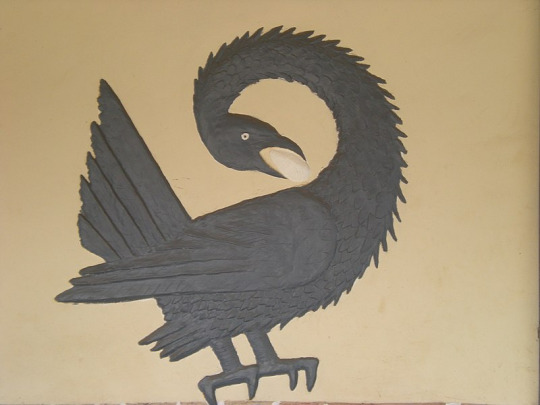
View On WordPress
6 notes
·
View notes
Photo
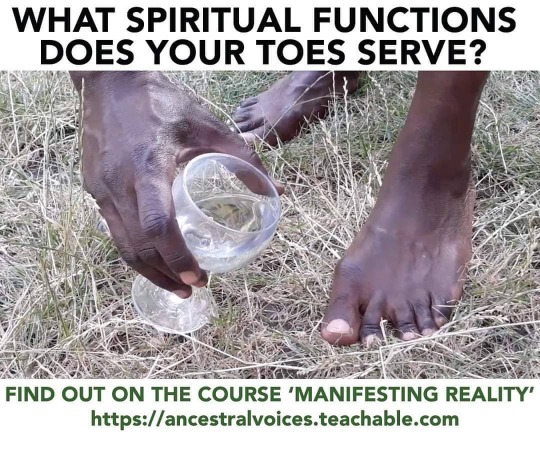
"I've currently done part 3 of an African centred life. I've been on this journey back to my roots, sankofa since 2019 of practising and intellectually acknowledging my African consciousness. I'm currently listening to Dalian now and behold a red cardinal is here in my backyard. Definitely one of my ancestors as I've been venerating daily at my altar. I'm finding the part 3 course enlightening!" - J. Kerr, Canada Practice the Knowledge: www.ancestralvoices.co.uk/courses LINK IN BIO 'COURSES' #sankofa #ancestor #cardinal #cardinals #birdsofinstagram #birds #dalian #daily #altar #altarspace #part3 #enlightenment #enlightened #enlighten #canada #review #testimonial https://www.instagram.com/p/CLPaEmpjgw-/?igshid=1uqu1iubz8gfx
#sankofa#ancestor#cardinal#cardinals#birdsofinstagram#birds#dalian#daily#altar#altarspace#part3#enlightenment#enlightened#enlighten#canada#review#testimonial
7 notes
·
View notes
Photo


Angela (in image): “This shirt actually comes from my dad’s closet. It’s not really a hand-me-down. I just kind of went in there and took it… lol. I don’t know what it is, but I just appreciate certain pieces in my dad’s closet whether its an oversize button down or something like this shirt. On this one, when I see these birds it kind of reminds me of the symbol sankofa with the bird reaching back to its tail. Sankofa means return to your roots. It’s always necessary to study your past.”
Diana: “In order to go forward, you need to know where you came from.”
Angela: “Exactly, that’s why for me that is what this shirt stands for.”
1 note
·
View note
Text
Your Favourite Addition to Your Jewellery Box

Our Sankofa bird-shaped earrings with pearls can also be a favourite addition to your jewellery box. This is best designer jewellery collection which is made from Akan people’s inspiration from the Sankofa bird, these pearl earrings will not only enhance your look but also reflect your quest for knowledge. Wearing our yellow gold bird-shaped earrings is recommended if you want to accessorize your everyday casual look. It will make you appear stylish while putting forth a solid persona.
0 notes